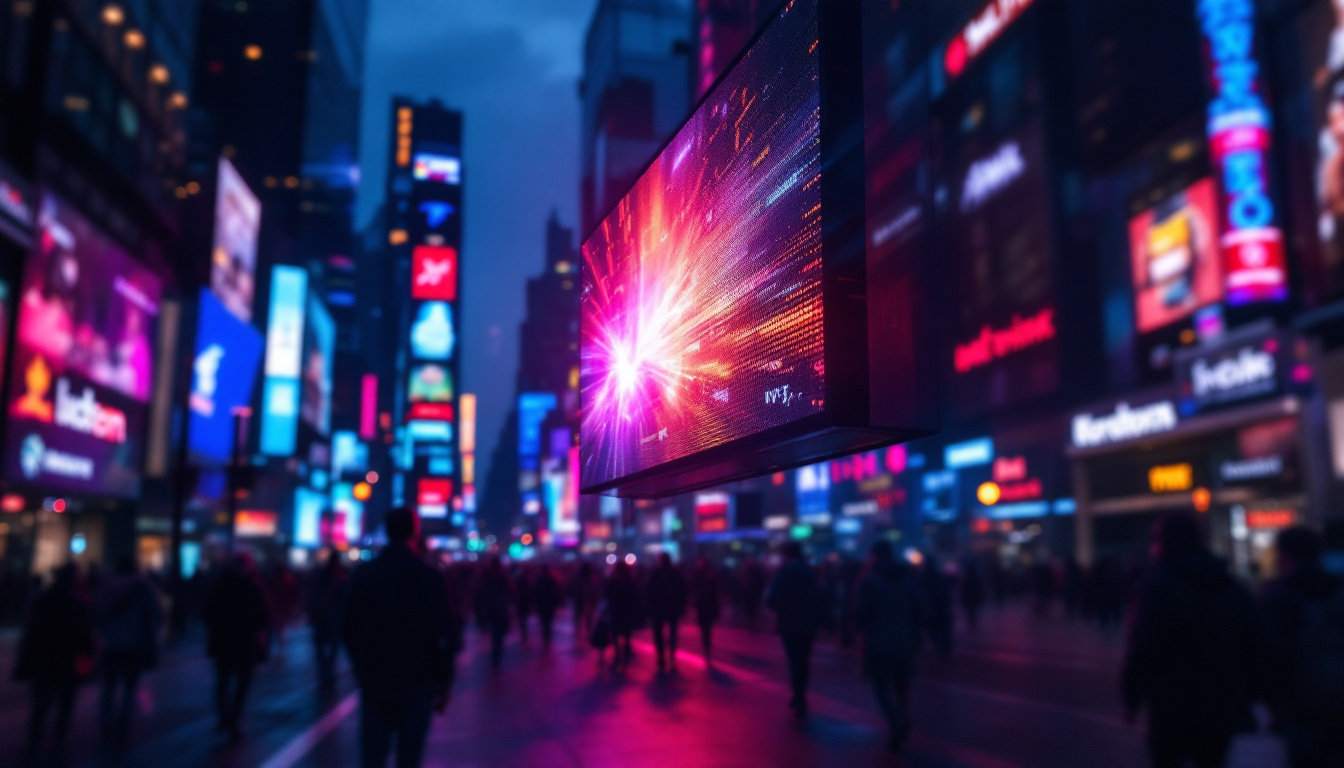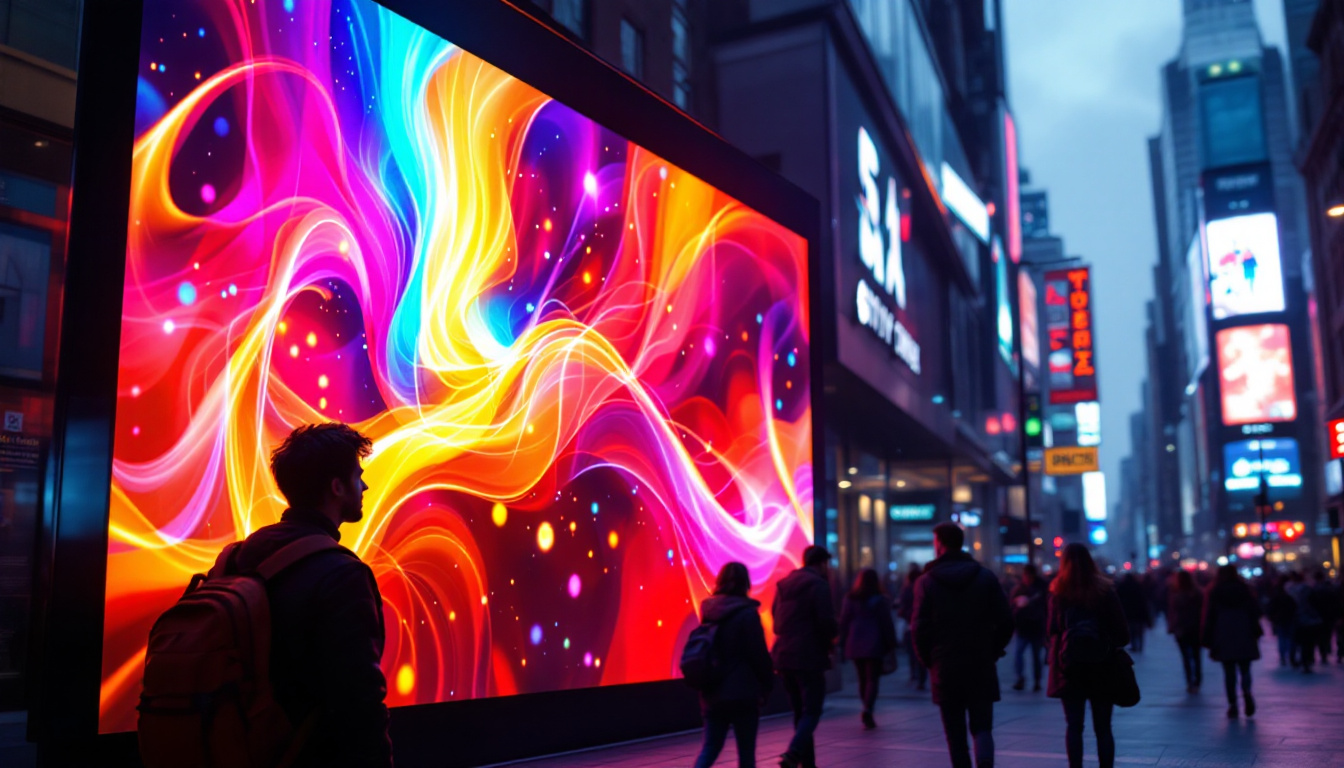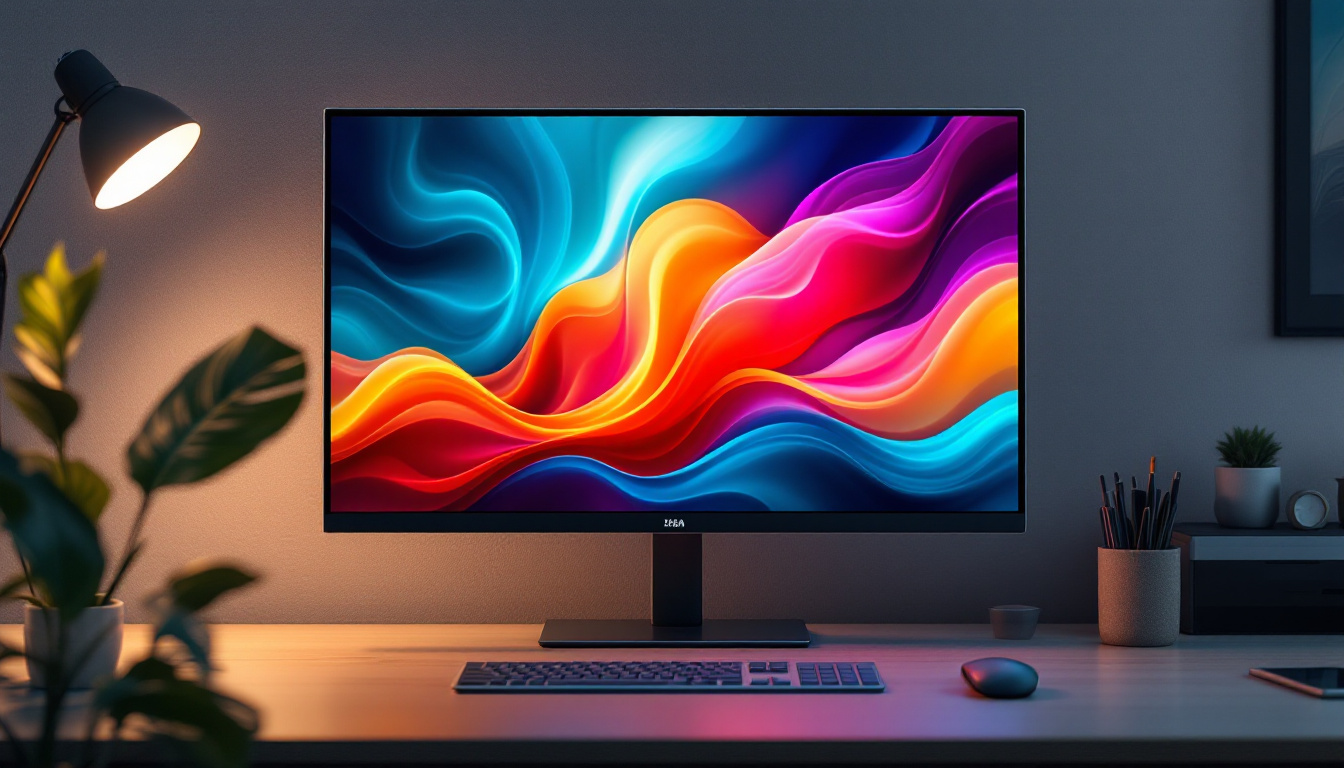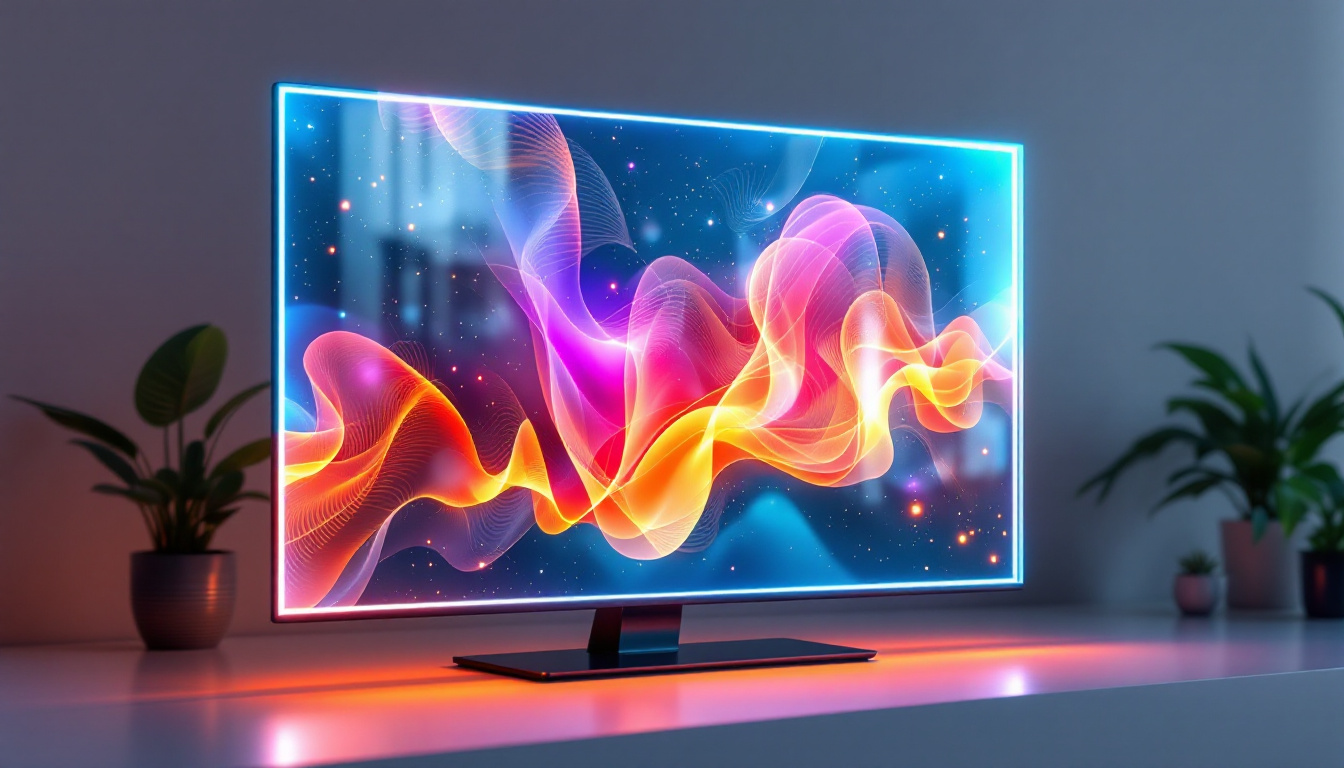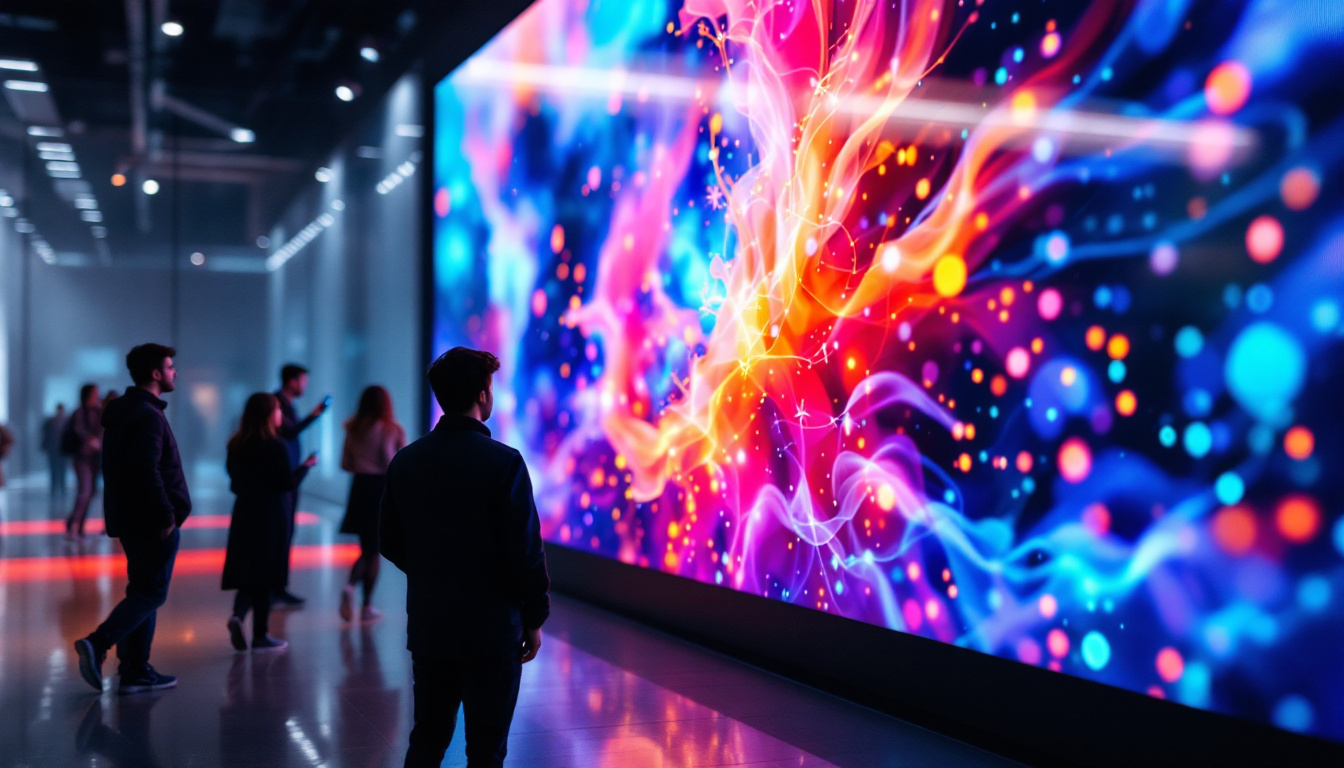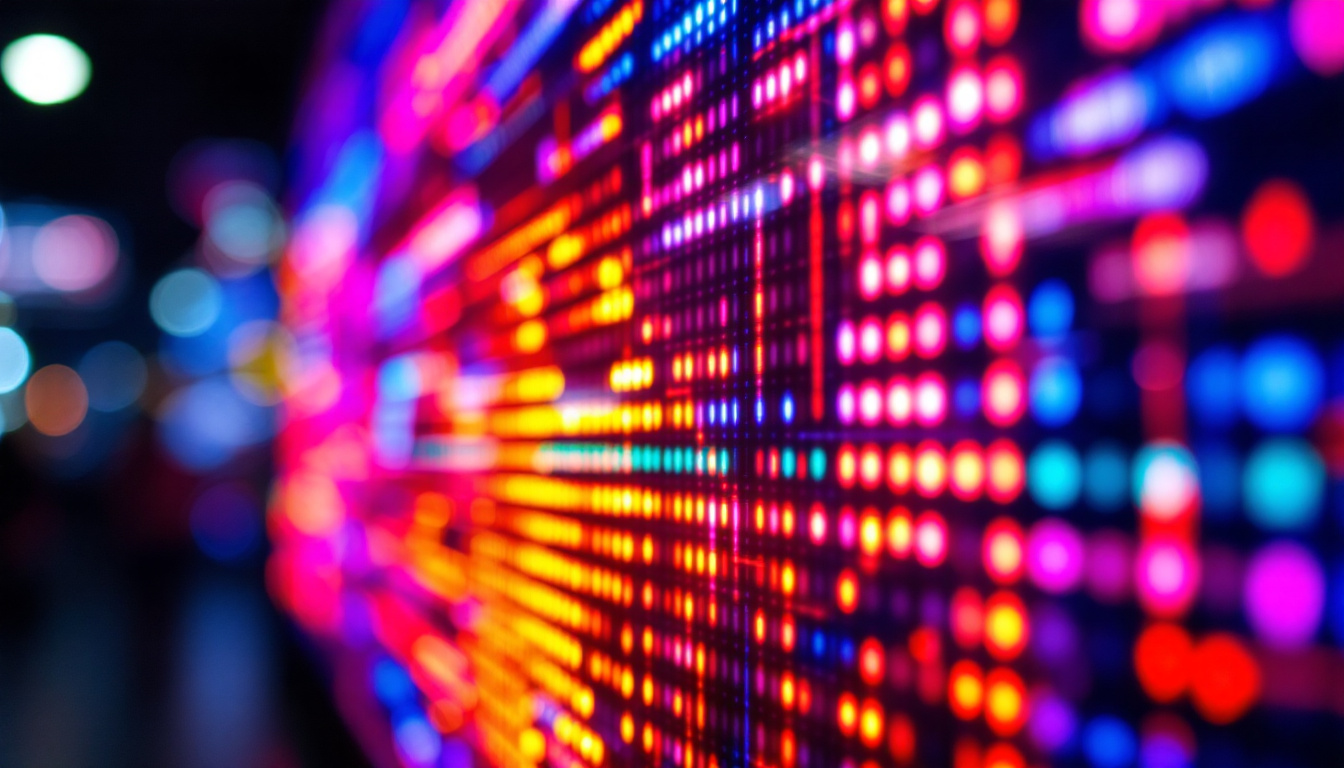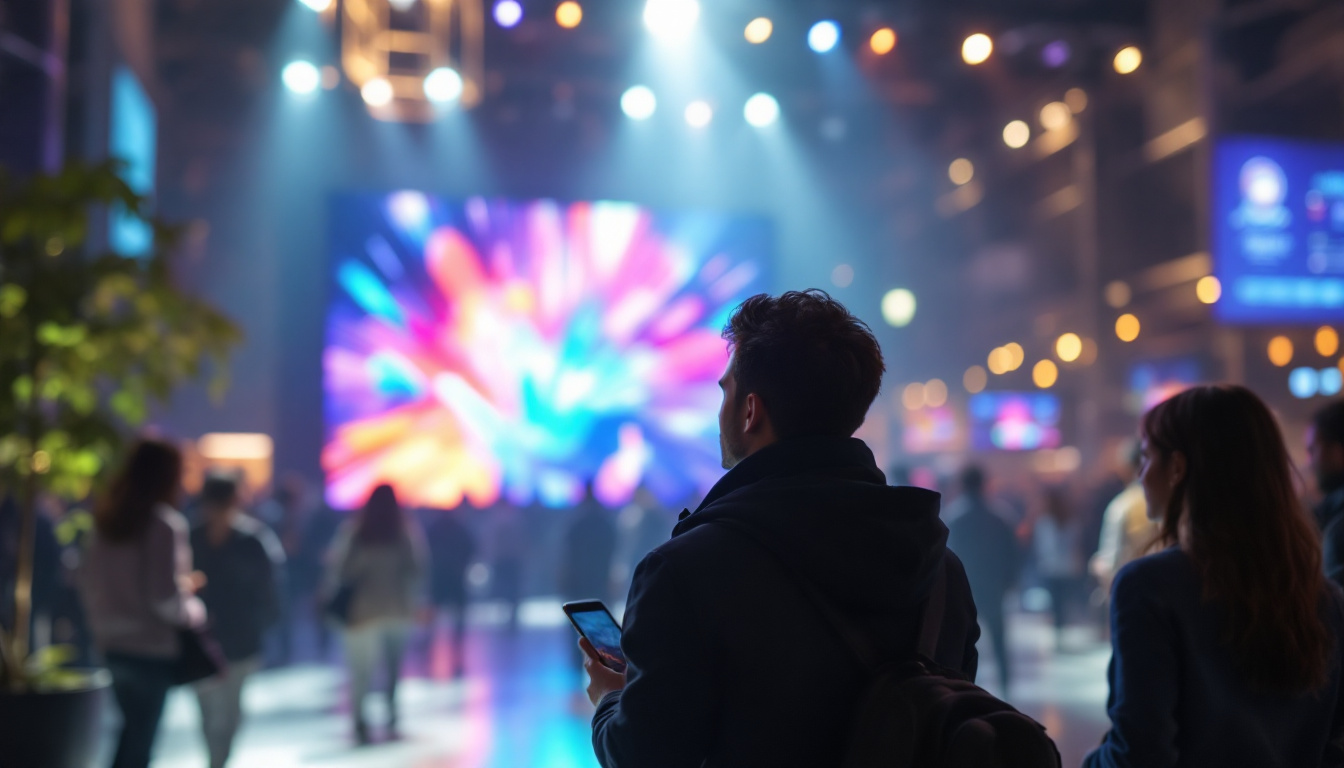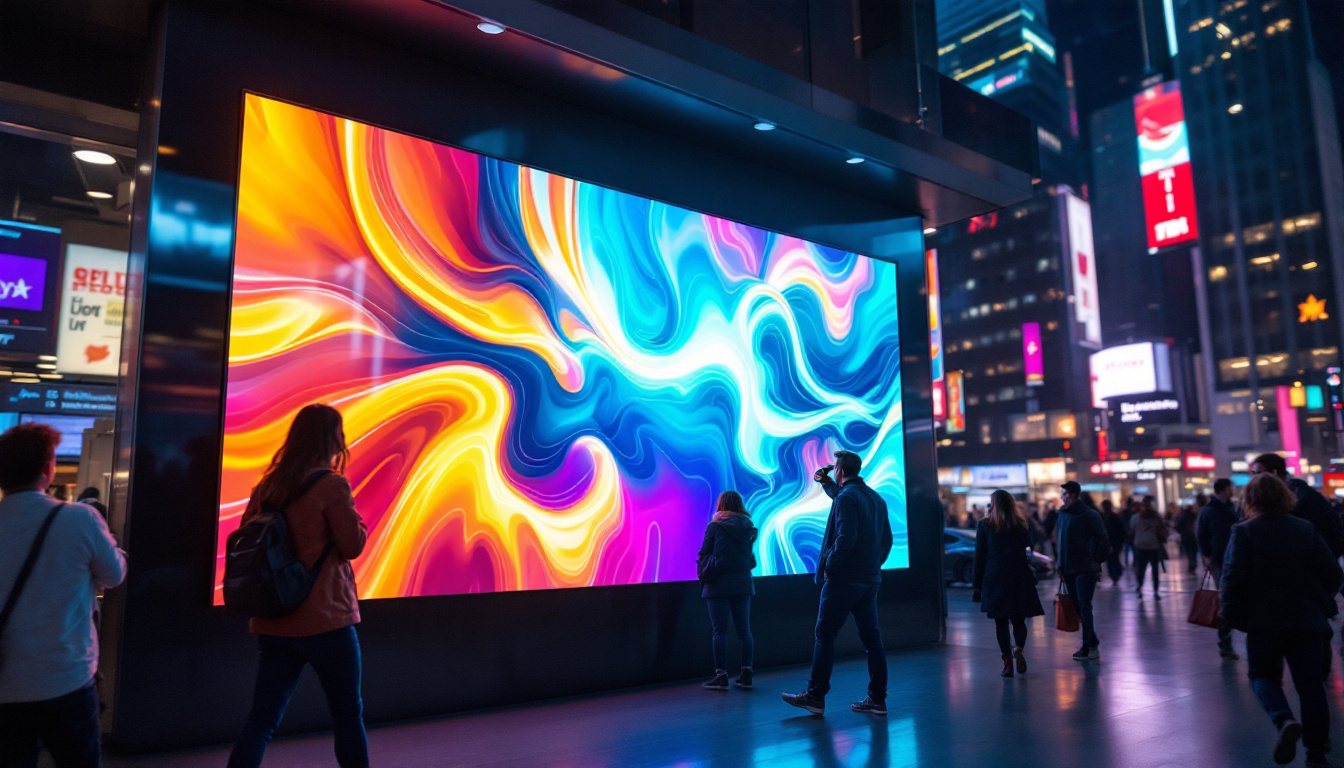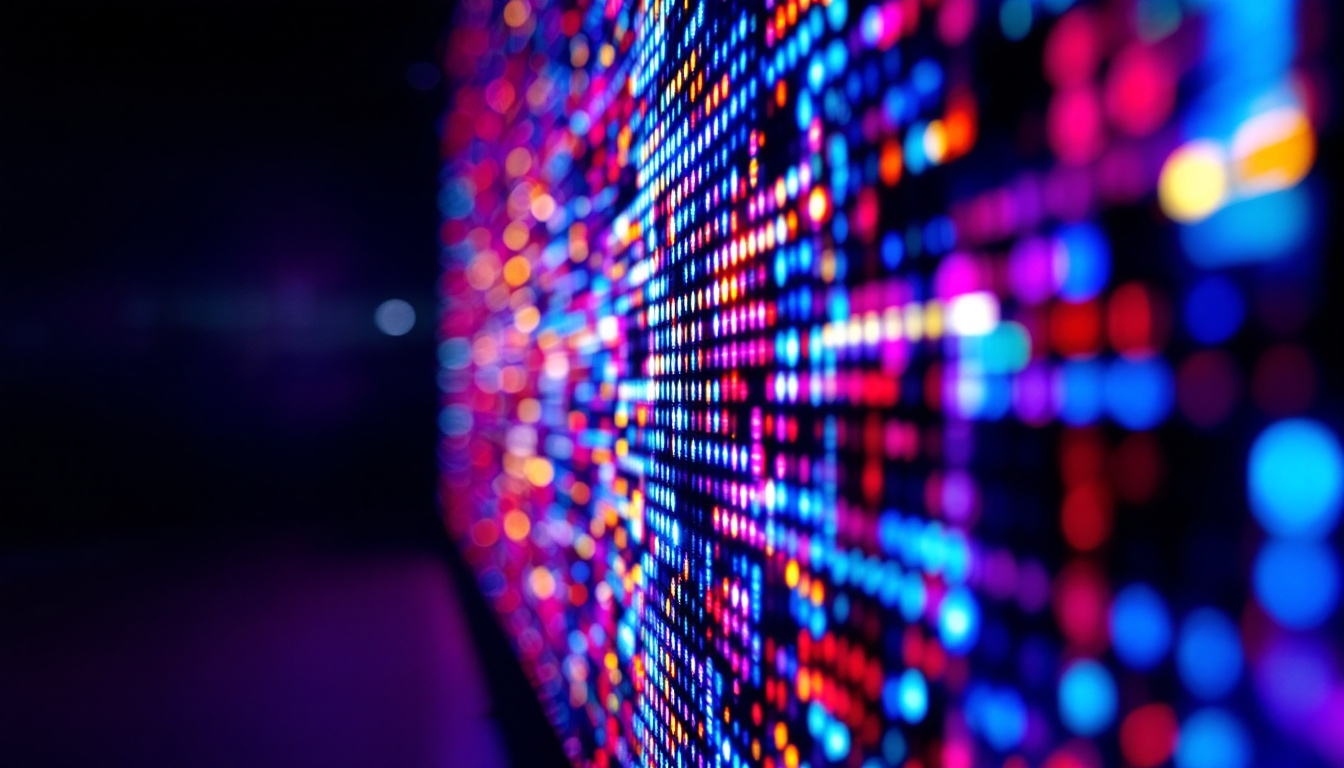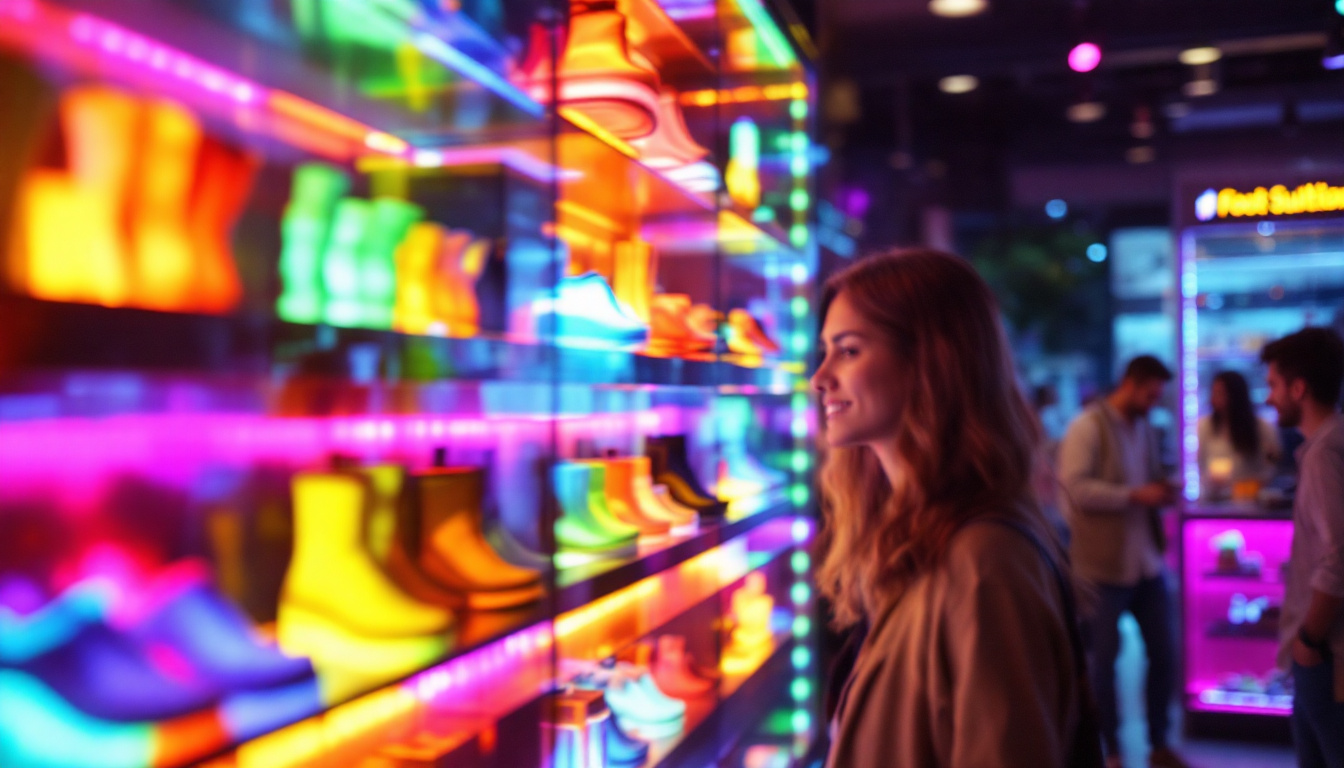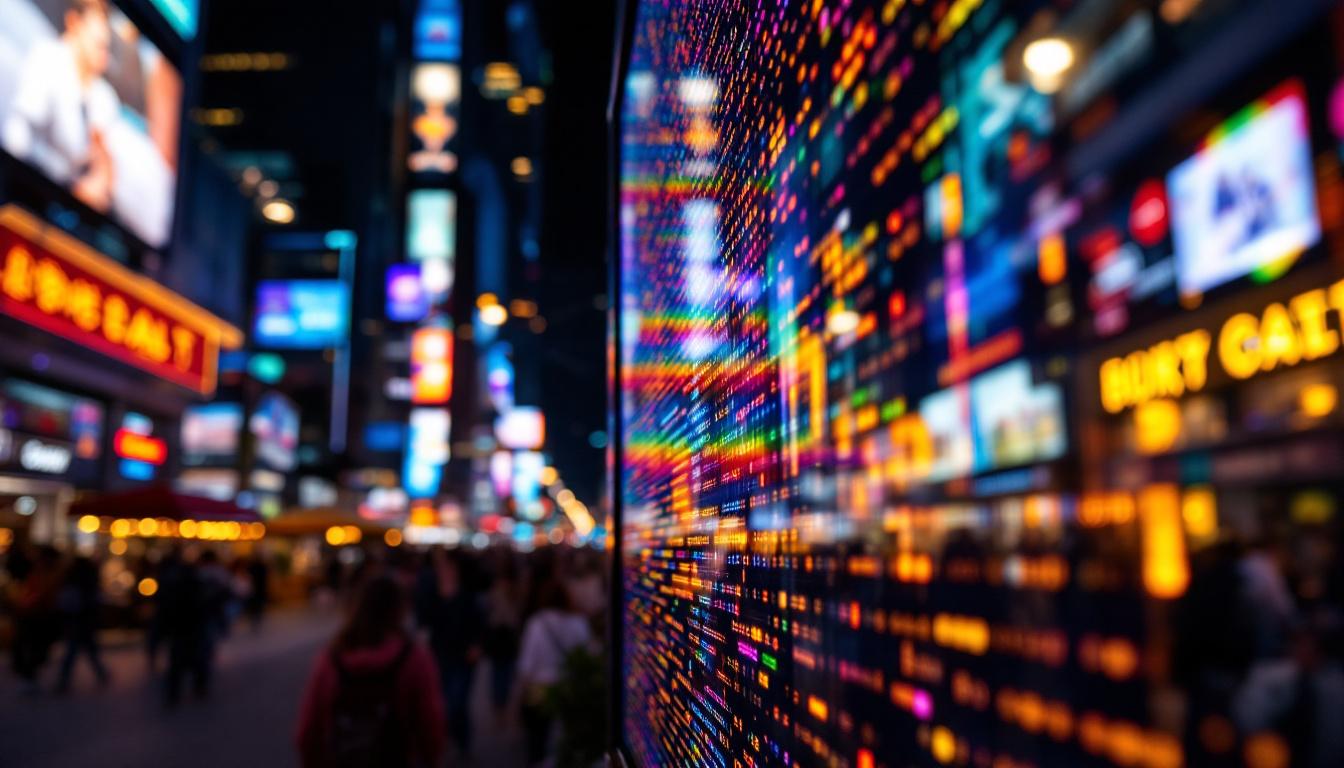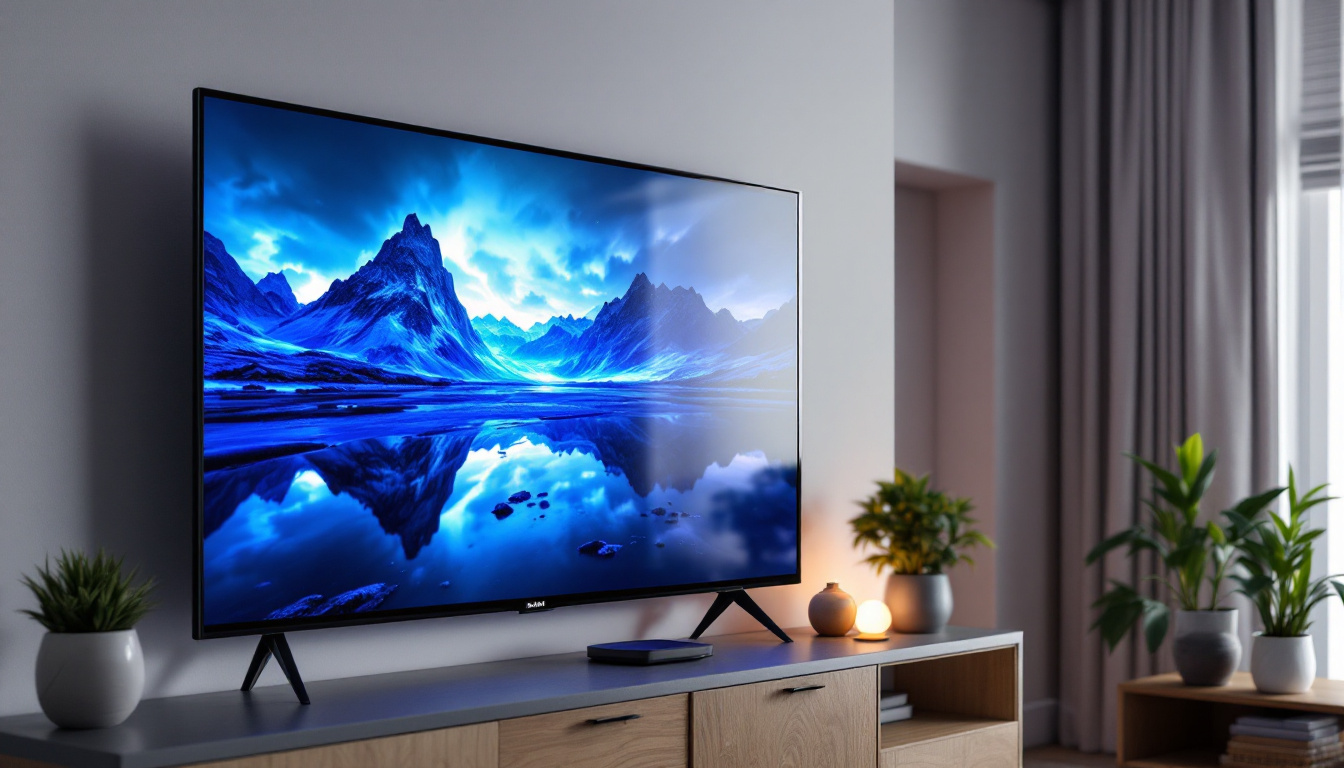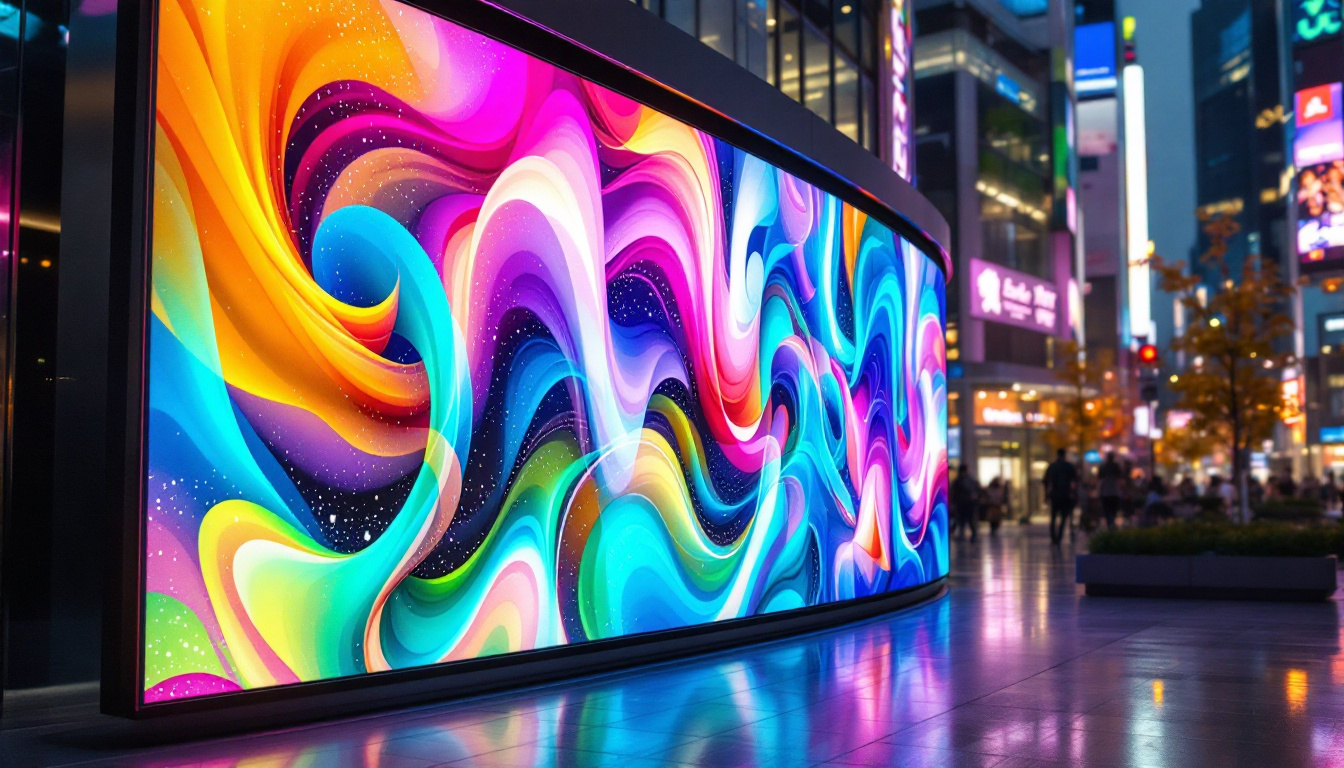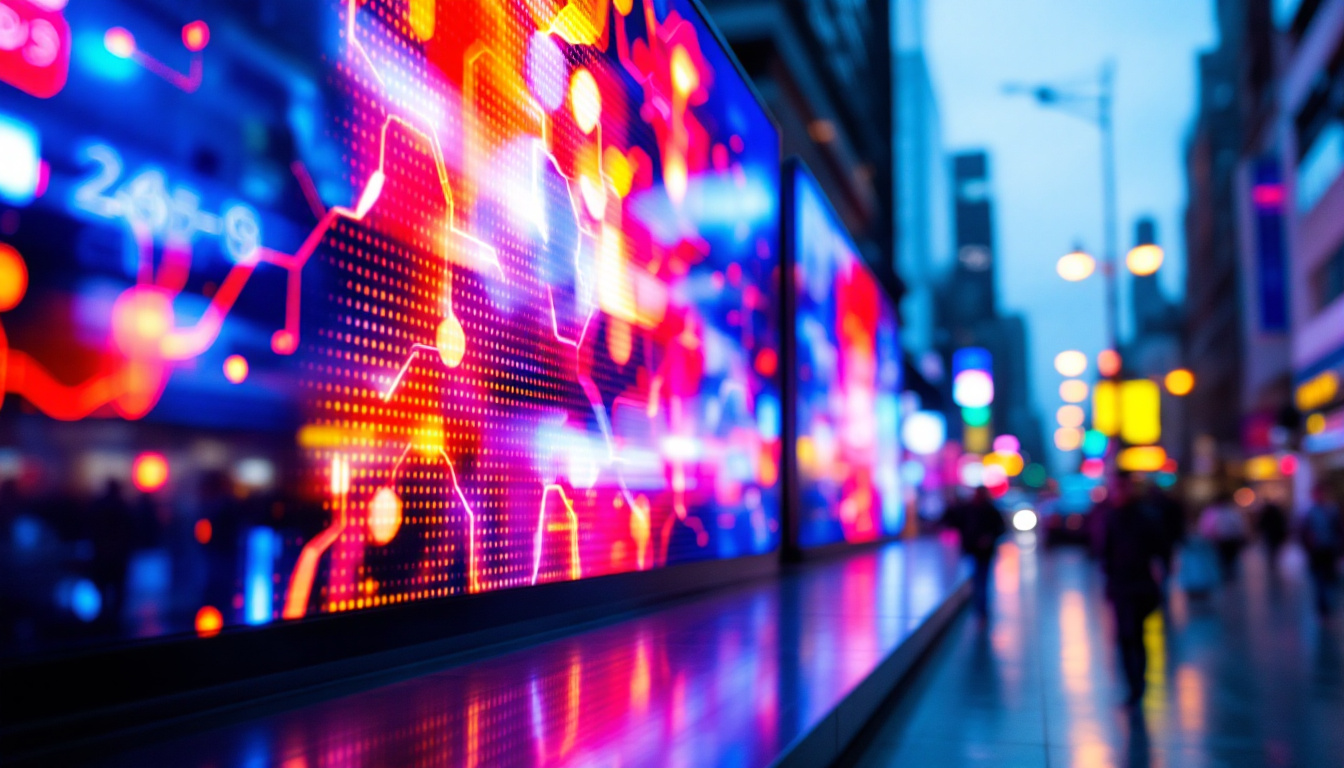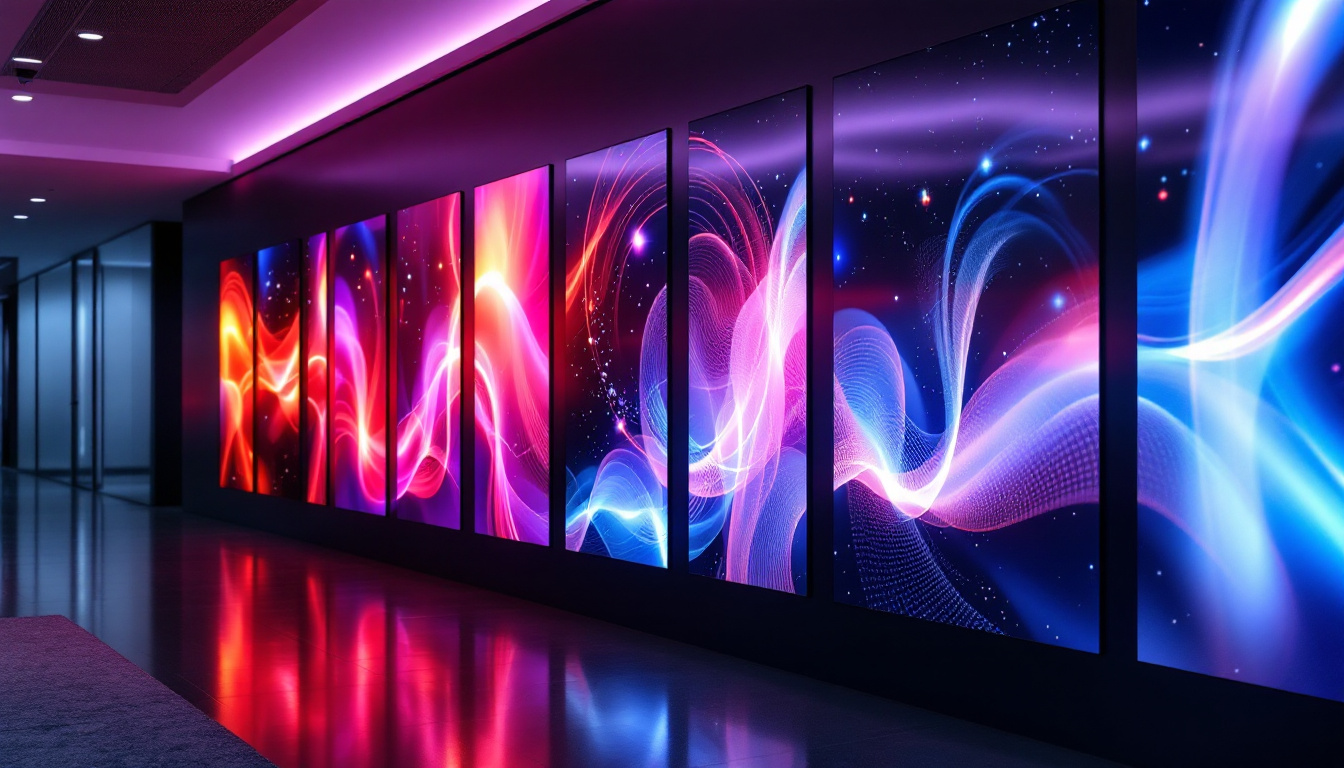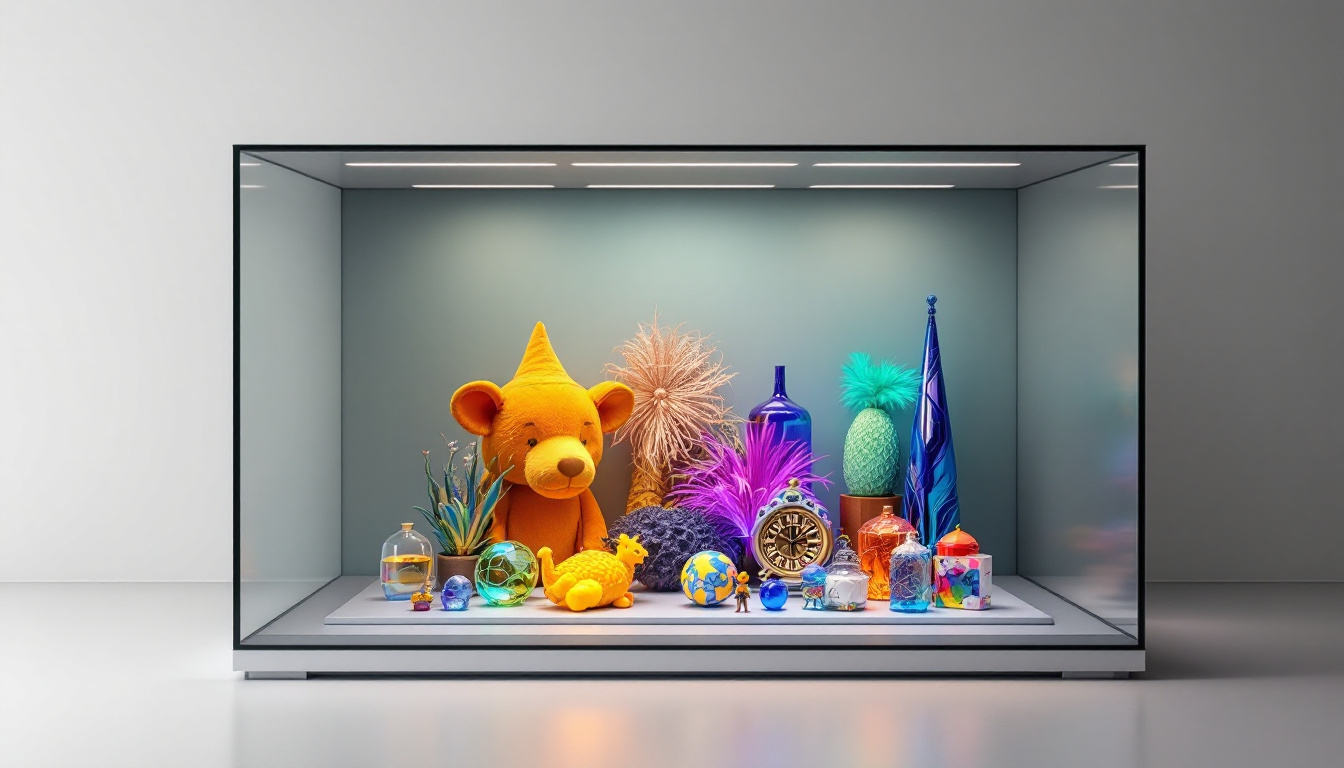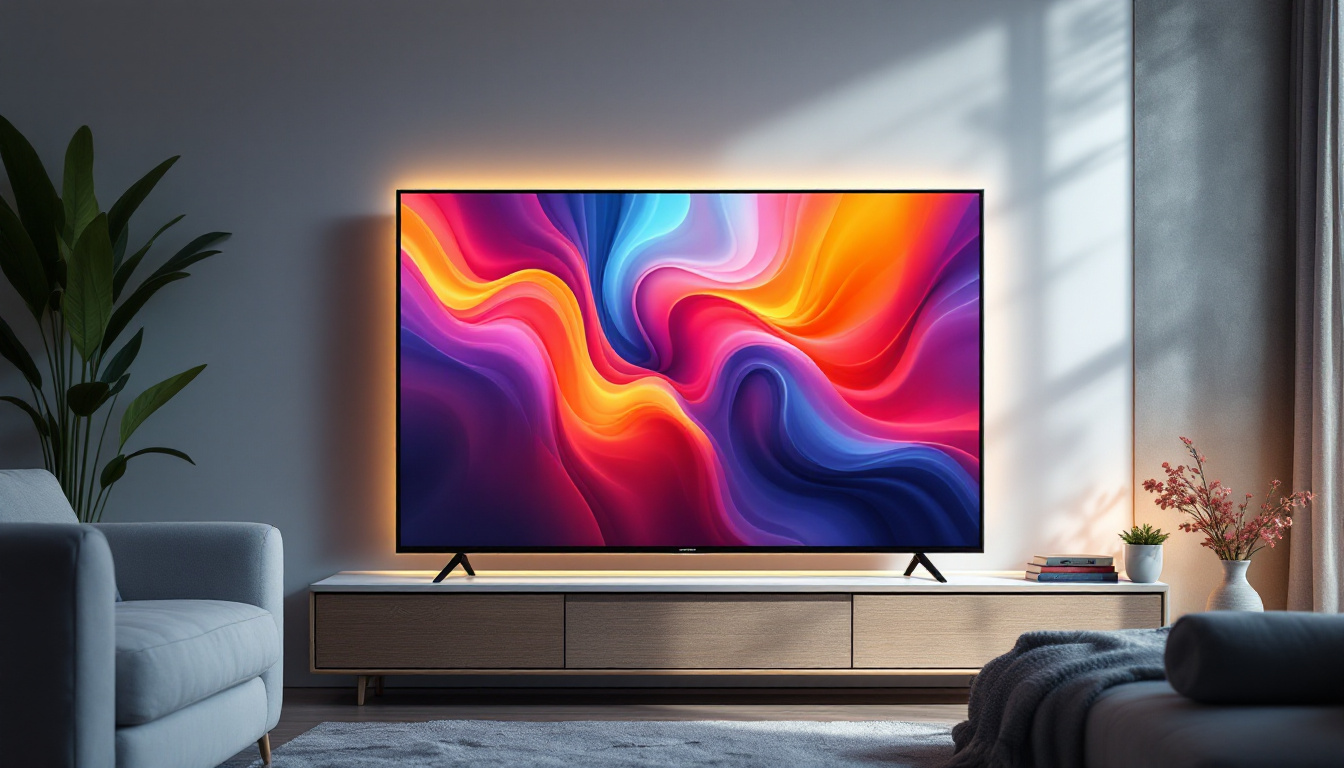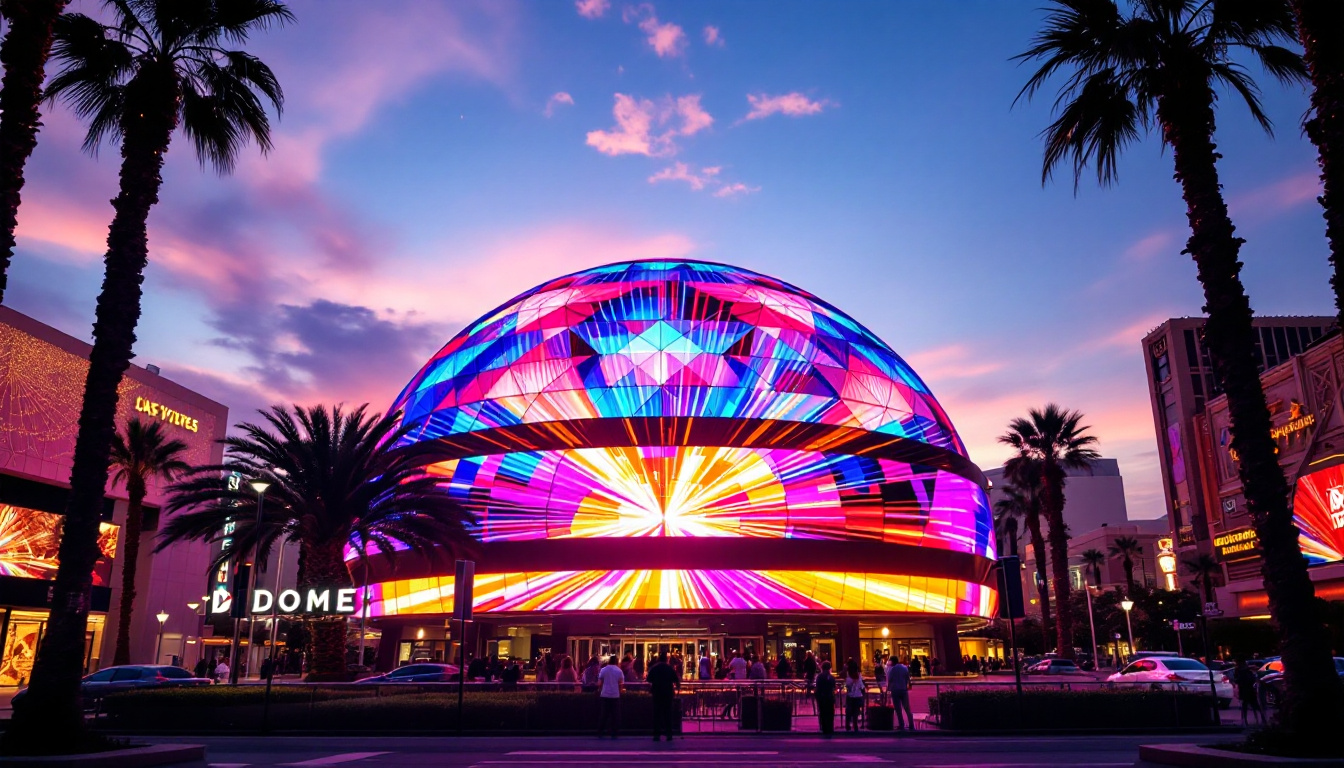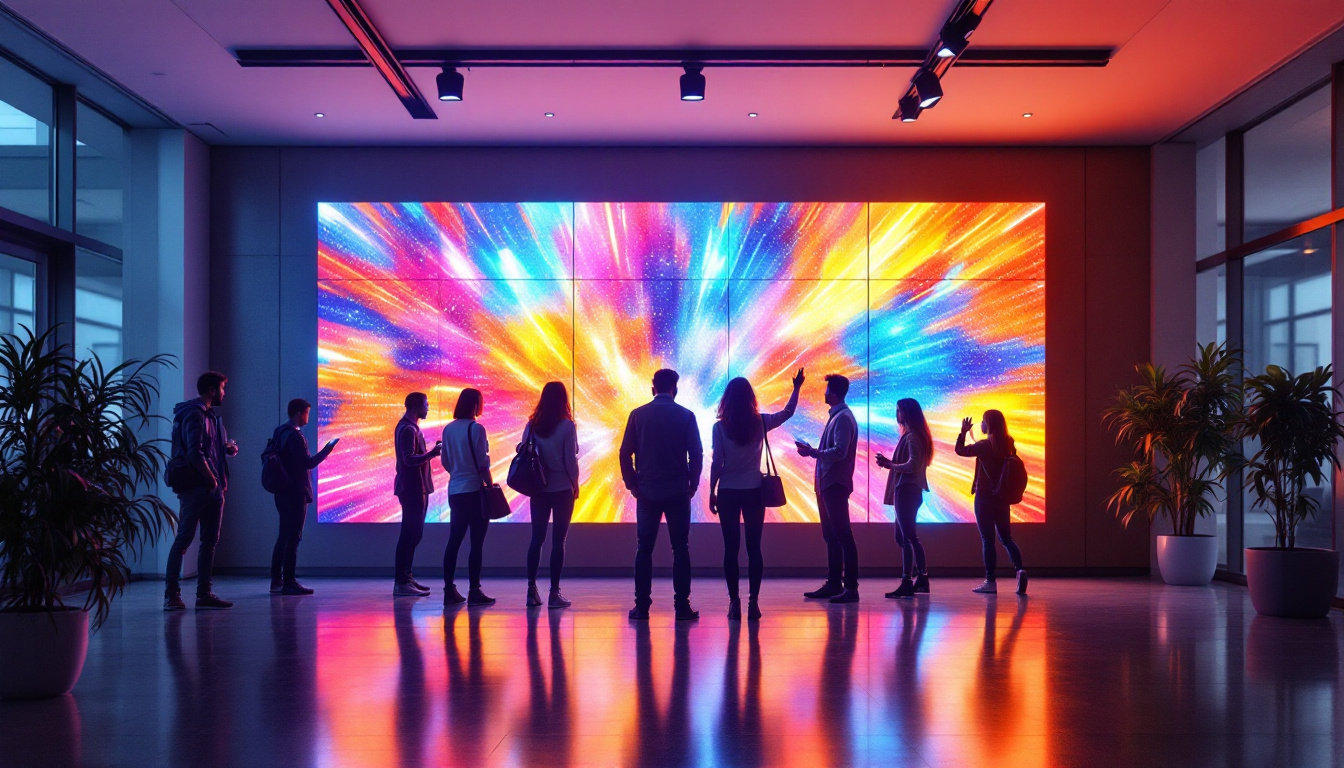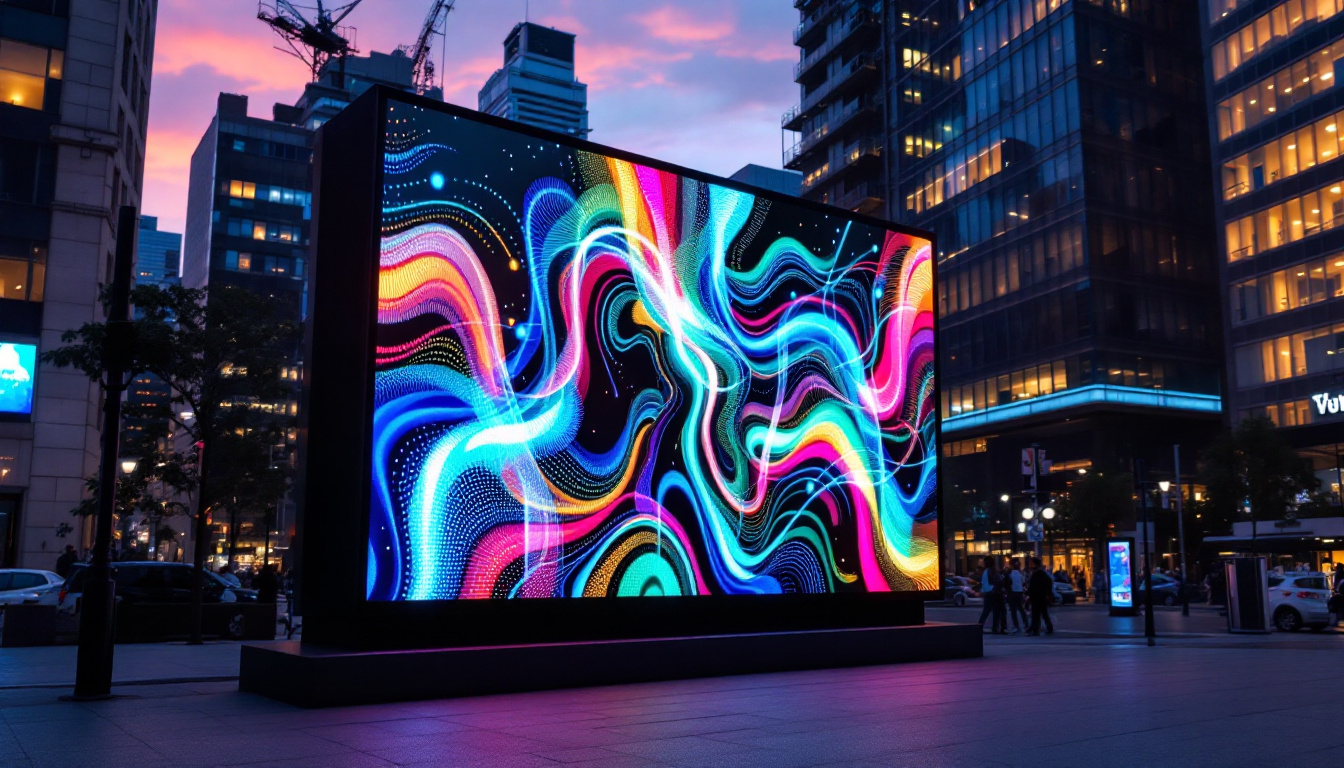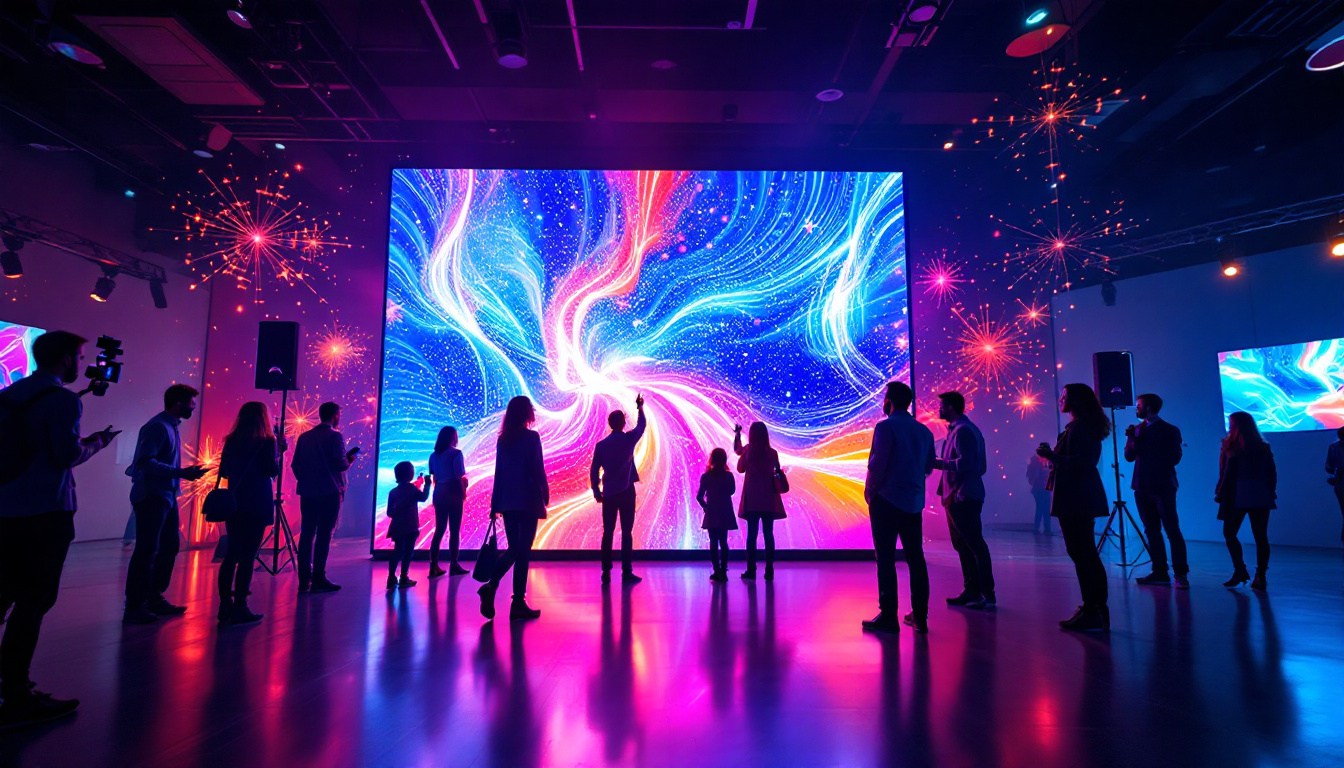In the world of modern technology, LED displays have become ubiquitous, transforming the way information is presented in various fields. From televisions and smartphones to advertising billboards and digital signage, LED displays are everywhere. This article delves into the intricacies of LED displays, exploring their technology, types, advantages, and applications.
Understanding LED Technology
LED stands for Light Emitting Diode, a semiconductor device that emits light when an electric current passes through it. The technology behind LEDs has evolved significantly since their inception, leading to a wide range of applications in display technology. Originally developed in the early 1960s, LEDs were primarily used for indicator lights and simple displays. However, advancements in materials and manufacturing processes have transformed them into the versatile lighting solution we know today, capable of producing vibrant colors and high brightness levels.
The Basics of LED Functionality
At its core, an LED is made up of a chip that emits light when electrons recombine with holes in the semiconductor material. This process is known as electroluminescence. The color of the light emitted depends on the materials used in the semiconductor. For instance, different combinations of gallium, arsenic, and phosphorous can produce various colors. The development of blue LEDs in the 1990s was a pivotal moment, as it allowed for the creation of white light by combining red, green, and blue LEDs, leading to a new era in lighting technology.
LEDs are highly efficient, converting a significant portion of electricity into light, which results in lower energy consumption compared to traditional incandescent bulbs. This efficiency makes them ideal for use in displays where brightness and power consumption are critical factors. Additionally, LEDs have a longer lifespan, often exceeding 25,000 hours, which reduces the need for frequent replacements and contributes to lower maintenance costs over time. Their durability and resistance to shock and vibration further enhance their appeal in various environments.
Types of LED Displays
LED displays can be categorized into several types, each with its unique characteristics and applications. The most common types include:
- Direct View LED (DVLED): These displays consist of individual LED modules that can be assembled to create large screens. They are often used in outdoor advertising and large venues, such as stadiums and concert halls, where high visibility and brightness are essential. The modular nature of DVLED allows for seamless scaling, making it a popular choice for dynamic and eye-catching displays.
- LED-backlit LCD: These displays use LED lights to illuminate an LCD panel, providing better contrast and color accuracy than traditional fluorescent backlighting. This technology has become standard in modern televisions and computer monitors, offering consumers a more vibrant viewing experience while maintaining energy efficiency.
- Organic LED (OLED): OLED displays utilize organic compounds that emit light when an electric current is applied. They offer superior color reproduction and contrast ratios, making them popular for high-end televisions and smartphones. The flexibility of OLED technology also allows for innovative designs, such as curved screens and ultra-thin displays, enhancing both aesthetics and functionality.
Another emerging type is MicroLED, which consists of microscopic LEDs that can be used to create self-emissive displays. MicroLED technology promises even greater efficiency and pixel density, making it a strong contender for the future of display technology. As the demand for high-resolution screens continues to rise, innovations in LED technology will likely play a crucial role in shaping the next generation of visual experiences.
Advantages of LED Displays
LED displays offer a myriad of advantages that have contributed to their widespread adoption across various industries. Understanding these benefits can help in making informed decisions regarding display technology.
Energy Efficiency
One of the most significant advantages of LED displays is their energy efficiency. Compared to traditional display technologies, LEDs consume less power while delivering brighter images. This efficiency not only reduces electricity bills but also minimizes the environmental impact associated with energy consumption.
Furthermore, the longevity of LED displays means that they require less frequent replacements, further contributing to energy savings over time. This makes them an attractive option for businesses looking to reduce operational costs.
Brightness and Visibility
LED displays are known for their exceptional brightness, making them suitable for both indoor and outdoor applications. The ability to produce vibrant colors and sharp images ensures that content remains visible even in direct sunlight. This characteristic is particularly beneficial for outdoor advertising and public displays, where visibility is paramount.
Moreover, LED technology allows for a wide viewing angle, ensuring that images remain clear and consistent from various perspectives. This is crucial in environments where multiple viewers may be watching from different angles.
Durability and Reliability
LED displays are built to withstand harsh conditions, making them highly durable and reliable. Unlike traditional displays that may be prone to breakage or damage from environmental factors, LEDs are resistant to shock, vibration, and temperature fluctuations.
This durability makes LED displays ideal for outdoor use, where they are exposed to the elements. Additionally, the solid-state construction of LEDs means that they are less likely to fail compared to other display technologies, ensuring a longer lifespan and reduced maintenance costs.
Applications of LED Displays
The versatility of LED displays allows them to be utilized in a wide range of applications across various industries. From entertainment to transportation, the impact of LED technology is profound.
Advertising and Marketing
In the realm of advertising, LED displays have revolutionized the way brands communicate with consumers. Digital billboards, which utilize large LED screens, can display dynamic content that can be updated in real-time. This capability allows advertisers to tailor their messages based on time, weather, or audience demographics, enhancing engagement and effectiveness.
Moreover, the eye-catching brightness and vibrant colors of LED displays attract attention, making them an effective tool for capturing consumer interest in busy urban environments. As a result, many businesses are investing in LED technology to enhance their marketing strategies.
Entertainment and Events
LED displays have become a staple in the entertainment industry, particularly in concerts, sporting events, and festivals. Large LED screens are often used to display live feeds, graphics, and advertisements, enhancing the overall experience for attendees.
Additionally, the flexibility of LED technology allows for creative staging and immersive environments. From LED walls to interactive displays, the possibilities are endless, enabling event organizers to create memorable experiences that resonate with audiences.
Transportation and Wayfinding
In the transportation sector, LED displays play a crucial role in providing real-time information to passengers. Airports, train stations, and bus terminals utilize LED screens to display arrival and departure times, gate information, and other essential updates.
Furthermore, LED technology is employed in traffic management systems, where dynamic message signs provide drivers with crucial information about road conditions, accidents, and detours. This application not only enhances safety but also improves the efficiency of transportation networks.
Challenges and Considerations
While LED displays offer numerous benefits, there are also challenges and considerations that must be addressed when implementing this technology. Understanding these factors is essential for maximizing the advantages of LED displays.
Initial Costs
The initial investment for LED display technology can be significant, particularly for large-scale installations. While the long-term savings in energy and maintenance costs can offset this initial expense, businesses must carefully evaluate their budgets and return on investment.
It is important to consider not only the cost of the display itself but also installation, maintenance, and potential upgrades. Conducting a thorough cost-benefit analysis can help organizations make informed decisions regarding their display technology investments.
Content Management
Another challenge associated with LED displays is content management. To fully leverage the capabilities of LED technology, businesses must develop engaging and dynamic content that resonates with their target audience. This requires a strategic approach to content creation, scheduling, and updates.
Investing in content management systems and training staff to effectively utilize these tools can enhance the impact of LED displays. Additionally, collaborating with creative professionals can ensure that the content is visually appealing and aligned with brand messaging.
The Future of LED Displays
The future of LED displays looks promising, with ongoing advancements in technology and applications. As the demand for high-quality visual experiences continues to grow, manufacturers are innovating to meet these needs.
Emerging Technologies
One of the most exciting developments in LED technology is the emergence of microLED displays. These displays utilize microscopic LEDs to create high-resolution images with exceptional color accuracy and contrast. MicroLED technology promises to deliver even greater efficiency and flexibility, paving the way for new applications in consumer electronics and beyond.
Additionally, advancements in flexible and transparent LED displays are opening up new possibilities for design and integration. These innovative displays can be incorporated into various surfaces, allowing for seamless integration into architecture and product design.
Sustainability Initiatives
As environmental concerns continue to rise, the LED industry is also focusing on sustainability initiatives. Manufacturers are exploring ways to reduce the environmental impact of LED production and disposal, including using recyclable materials and implementing energy-efficient manufacturing processes.
Furthermore, the longevity of LED displays contributes to sustainability efforts by reducing the frequency of replacements. As technology continues to evolve, the industry is likely to prioritize eco-friendly practices that align with global sustainability goals.
Conclusion
LED displays have transformed the landscape of visual communication, offering unparalleled advantages in energy efficiency, brightness, and durability. Their diverse applications span various industries, from advertising and entertainment to transportation and beyond.
While challenges such as initial costs and content management exist, the benefits of LED technology far outweigh these concerns. As advancements continue to shape the future of LED displays, businesses and consumers alike can look forward to even more innovative solutions that enhance the way we experience visual content.
In a world increasingly driven by visual communication, understanding LED technology is essential for leveraging its full potential. Embracing this technology not only enhances engagement but also paves the way for a more connected and visually rich future.
Explore Cutting-Edge LED Displays with LumenMatrix
Ready to elevate your visual communication with the latest in LED display technology? Discover LumenMatrix’s innovative solutions, from Indoor and Outdoor LED Wall Displays to specialized options like Vehicle LED Displays, LED Posters, and even Custom LED solutions tailored to your needs. Whether you’re looking to captivate audiences at a sporting event with a dynamic LED Sports Display, make a statement with a Floor LED Display, or go for versatility with an All-in-One LED Display, LumenMatrix has you covered. Experience the future of LED technology and see how our Transparent LED Displays can transform your space. Check out LumenMatrix LED Display Solutions today and join the revolution in visual communication.

